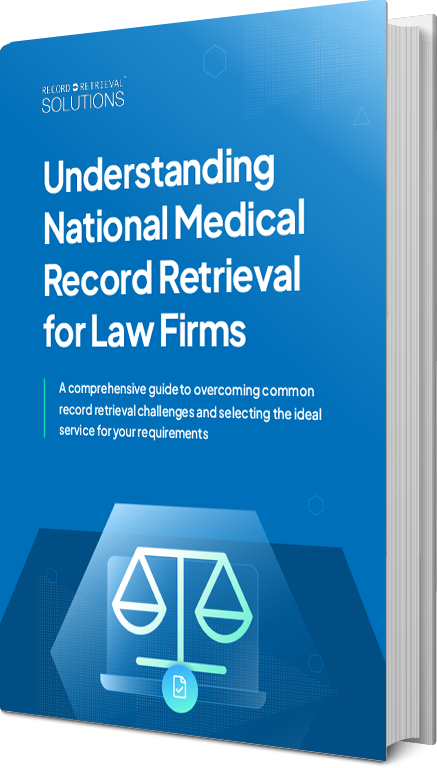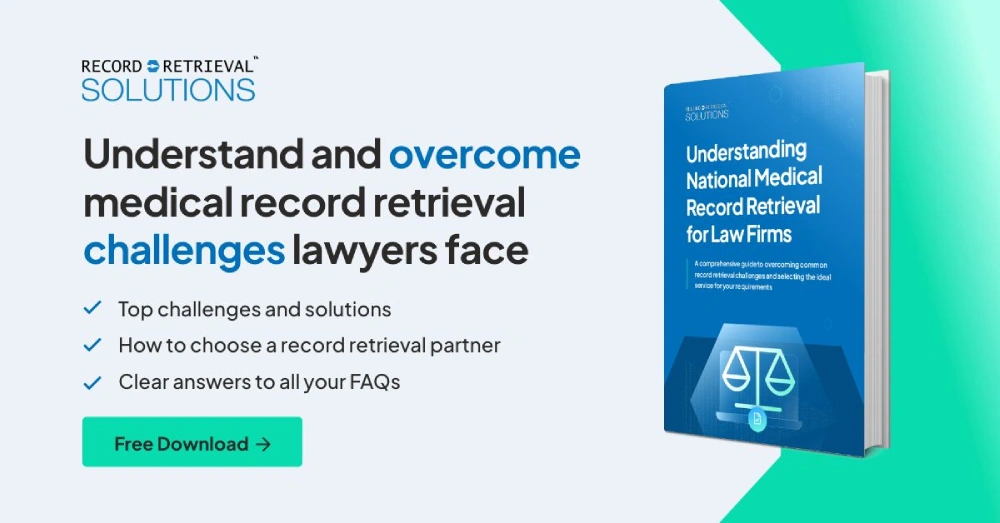The health and medical condition of a person is a combination of various factors ranging from genetics, past and present environmental conditions, and lifestyle, among others. Making sense of all these can be difficult for a non-medical attorney handling a medico-legal case, such as a personal injury claim or a medical malpractice suit. Not only do they have to sift through piles of disorganized medical records, but they also have to make sense of medical jargon and charts.
Every non-medical layperson involved in the case, such as the judge, jury members, and opposing counsel, will also have a hard time, which is why medical chronologies are used. A medical chronology summarizes pertinent information in a straightforward timeline, making it easy for everyone to understand the following:
- The patient’s medical condition
- The treatment administered by the healthcare provider (which is specified in the medical chronology)
- Past medical events that affected or may yet affect the patient’s current condition
- Potential medical issues that the patient may face in the future
A medical chronology summarizes pertinent information in an easy-to-follow timeline, making it easy for everyone to understand complex medical cases.
How is a medical chronology prepared?
A medical review solutions provider is approached to provide an unbiased view of the plaintiff’s injury. This provider employs pharmacists, nurses, therapists, and other medical specialists to provide their expert analyses. They write medical chronologies that help law firms evaluate the strengths and weaknesses of the case. Ideally, the medical chronology writers follow the procedure below:
- Prepare it at the soonest possible time – Chronological medical summaries take time to write, so starting late may make the summary writers fail to include significant medical events.
- Include all the pertinent facts of the case – Drafters must exercise discernment because some facts may seem disputable or unimportant but prove to be so relevant as to make or break the case.
- Provide clear interpretation of the medical data – Medical chronology writers must explain medical jargon and charts so that everyone can understand the facts of the case. The writers may go so far as to indicate which pieces of information are the most relevant.
- Make a note of missing documentation – For one reason or another, a patient might not provide all of the medical records that are important in the case. Maybe the plaintiff just doesn’t have all of their records with them or they may be willfully keeping these away from discovery. Whatever the reason, any gaps in medical information that may prove important must be noted down.
Why should a law firm like yours rely on a third-party provider for medical summaries?
Your firm likely focuses on legal matters and does not dabble in medical ones. This means that expert third-party providers will churn out medical chronologies faster and with higher quality than your firm ever will. Additionally, having your retained medical experts review medical chronologies instead of raw medical records will shorten the time they need to help you assess the merits of potential cases. Sufficient medical summaries will help your firm analyze settlement scenarios faster, too. All of these time savings add up and can be utilized on billable hours instead.
Let’s not forget that medical chronologies are documents that can be used in court proceedings as well, be they trials, depositions, and what have you. Truly, these summaries are value for money, so if your firm is in need of these documents, talk to our agents at [company_short] today. Send us a message or call 866-211-7866 and choose option 3 for a free and no-obligation price quote.







